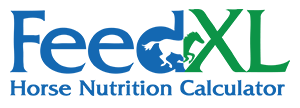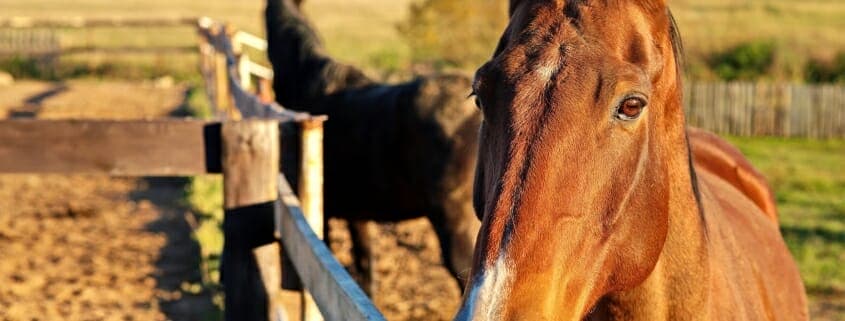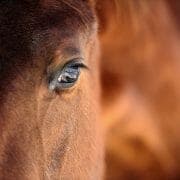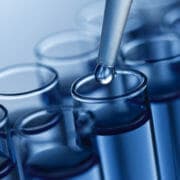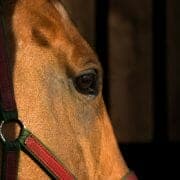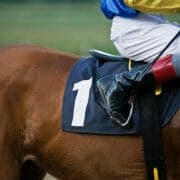Is long term use of gastric ulcer drugs increasing your horse’s risk of ulcers?
RAHS and long-term use of gastric ulcer drugs in horses
In humans, rebound acid hypersecretion (RAHS) is when gastric acid production actually INCREASES above normal levels when long-term treatment with proton pump inhibitors like omeprazole (the most common drug used to treat ulcers in horses) stops.
RAHS is known to occur in humans using drugs like omeprazole to suppress gastric acid secretion for extended periods of time (8 weeks+). The mechanism is understood to be:
- Elevated gastric pH stimulates compensatory gastrin hormone release.
- Elevated gastrin causes changes to the enterochromaffin-like cells and increased levels of chromogranin A (CgA).
- These changes leads to increased capacity to stimulate gastric acid secretion.
- Gastric acid suppressing drug is removed.
- Excess gastric acid is produced.
It is important to remember that a human’s and horse’s pattern of gastric acid secretion is different, so we can’t just assume that what happens in one will also happen in the other. But with the number of horses we see who are continually needing treatment for gastric ulcers, we do wonder if RAHS is occurring in horses.
If it is, what does this mean for your horse?
Well, if your horse has gastric ulcers and you can use omeprazole short term (4 weeks) to treat them, there may not be any implications as in humans it seems to be long-term treatment that causes RAHS.
BUT, if you are continually treating your horse for gastric ulcers, without success (i.e. you have one of those horses that no sooner are the ulcers healed then they are back again) or you have an OTTB that had been on long term ulcer treatment while in training (which is unfortunately common) you may need to take RAHS into consideration.
In humans, they have studied a slow withdrawal of the drug to try to stop RAHS occurring. But even with tapering the drug use off over 3 weeks, RAHS still occurred. Still, it is worth discussing this tapering with your veterinarian for any horse that may be at risk.
What will most likely help is making sure the horse goes onto a diet and feed regime post treatment that will help naturally keep your horse’s stomach pH high AND stop the acid from being able to splash and reach the upper regions of the stomach.
A diet high in forage (hay or pasture) with at least some component of alfalfa (Lucerne) will be your best option. Having hay or pasture constantly available and keeping periods of time without feed short (less than 2 hours) will also help.
The more you can make your horse chew, the more he will salivate. And the more he salivates, the more buffered his stomach fluid will be. The more buffered it is, the higher its pH and the less likely it will be to cause ulcers. Supplements designed to elevate gastric pH may also be useful in the short term, post treatment.
And the big one, never ever ride your horse on an empty stomach! Fill him up with hay before you ride!!
For more on feeding to prevent ulcers, read our posts Avoiding Gastric Ulcers and Starch And Ulcers: What’s The Deal?
Want to try FeedXL?
Get EVEN MORE practical and personalised feeding guidance when you sign up to FEEDXL.
Do you have a question or comment? Do you need help with feeding?
We would love to welcome you to our FeedXL Horse Nutrition Facebook Group. Ask questions and have them answered by PhD and Masters qualified equine nutritionists and spend time with like-minded horse owners. It’s free!
Click here to join the FeedXL Horse Nutrition Facebook Group
